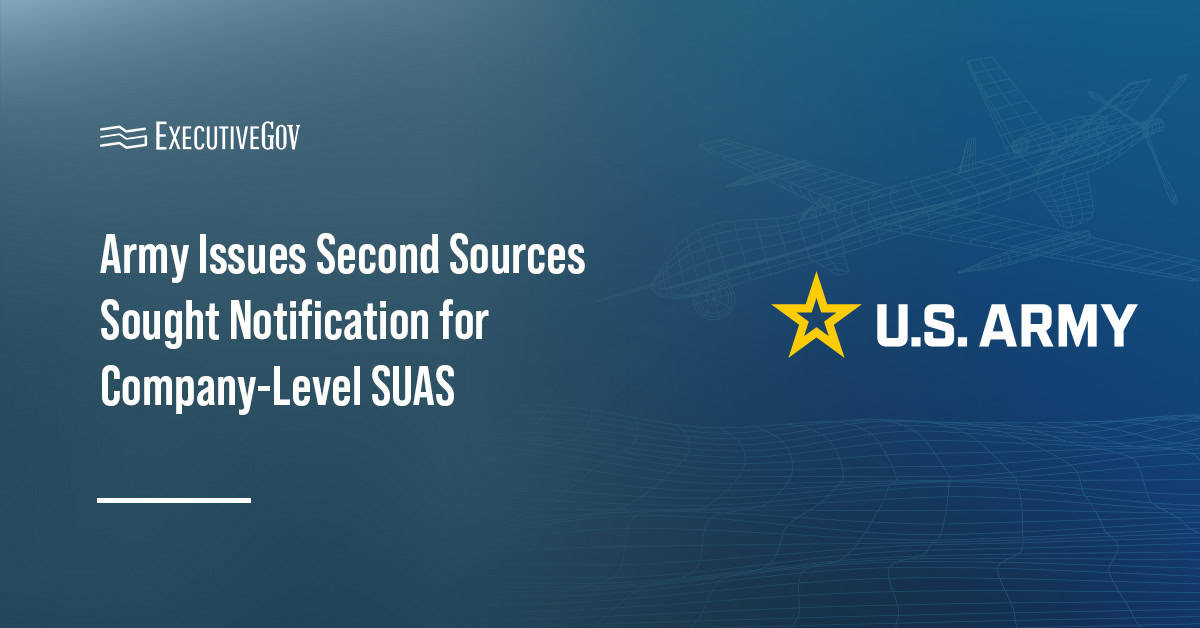
Federal Chief Information Officer Tony Scott has said the proposed $3.1 billion in funds to update the government’s legacy information technology systems will change the appropriations process for federal IT, FCW reported Monday.
Scott told an Institute for Critical Infrastructure Technology forum in Arlington, Virginia that the current process to fund federal IT does not clarify the current statuses and circumstances of outdated IT systems, Sean Lyngaas reports.
Scott said the outdated IT systems present a security challenge to the government and added he believes there are cost-effective ways to perform updates, according to the report.
Scott explained that computer chips, operating systems and storage platforms that were developed 10 years ago were created with no consideration for modern cyber threats, the report says.





